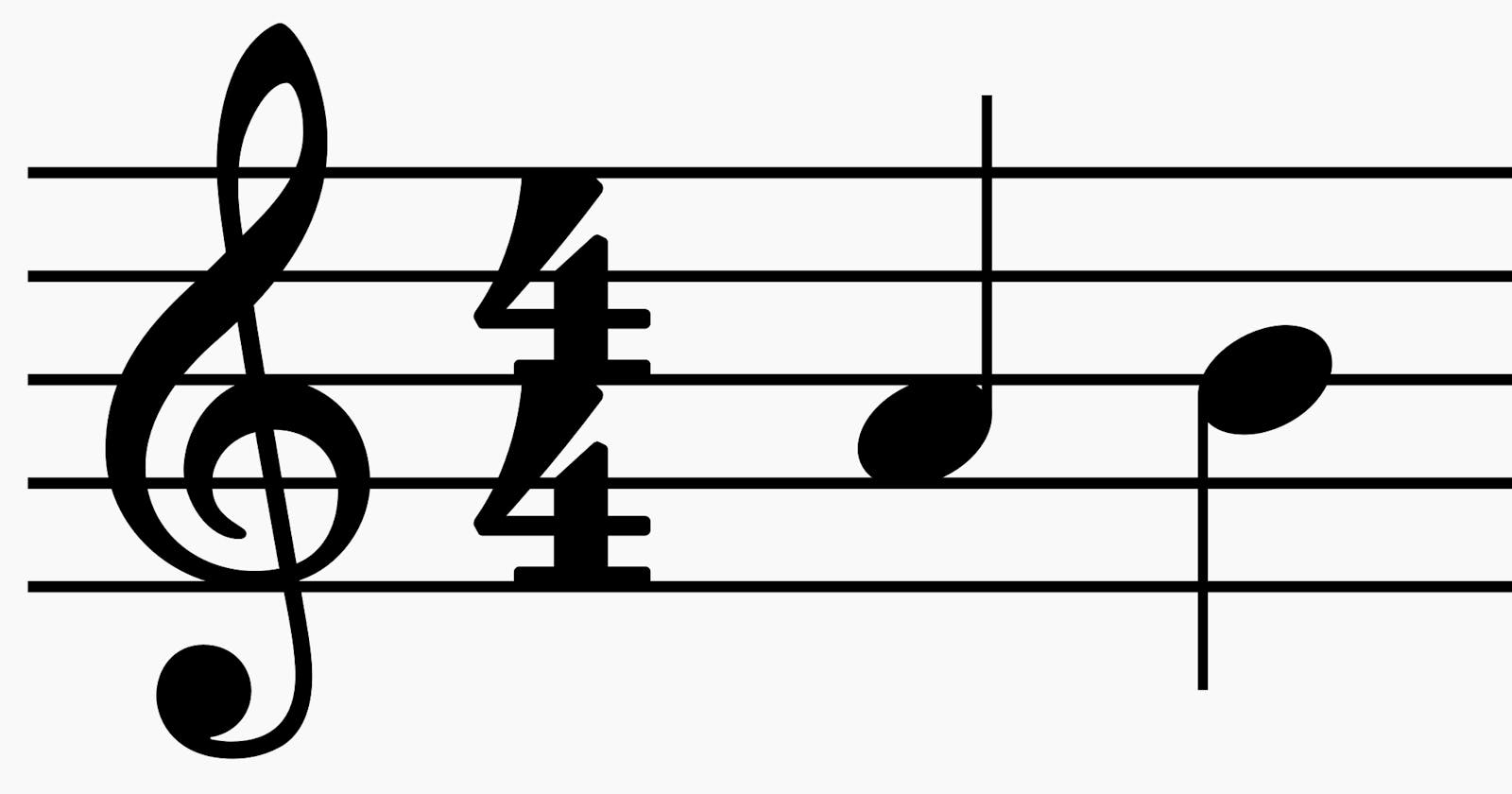I started playing viola (there goes my credibility) in 5th grade and learned some music theory along the way, mostly in the US and some in Australia. I started learning guitar last month and had some thoughts after looking at sheet music with new eyes.
Note durations
In modern Western musical notation, symbols are used to denote durations. The table below shows two examples and their names:
| Symbol | British Name | American Name |
| ♩ | Crotchet | Quarter note |
| ♪ | Quaver | Eighth note |
Time Signatures
Time signatures have two numbers - the top says how many beats per measure and the bottom says the duration of a beat.
Let's consider the 3/4 time signature. This means there are three crotchets or quarter notes, ♩, per measure.
The most popular time signature is 4/4. It has four crotchets or quarter notes per measure. It's so popular that it's called common time.
American System
Pro
If all music were written in common time, the American duration names would be perfect! A quarter note would be a quarter of a measure. Look how nicely it composes into a time signature: 3 × 1/4 = 3/4.
Con
In a time signature, like 3/4, a quarter note is actually a third of a measure.
British System
Pro
In the British system, the names of the durations are independent of their common time fractional value - a crotchet is a crotchet, no matter how many fit into a measure (3 in 3/4 and 4 in 4/4).
Con
Time signatures are written kind of like fractions. The non-numeric names don't have the mathematical link to the time signature the numeric American names have. The answer to how many crotchets there are in a 3/4 measure isn't as obvious as how many quarter notes, and still requires knowing that four crotchets fit in a common time measure.
Brett's Proposed Time Signatures
What if we used the British duration names and wrote time signatures like this?
| Traditional | Proposed |
| 3/4 | 3♩ |
| 4/4 | 4♩ |
| 9/8 | 3♩· |
Often, music written in 9/8 is intended to feel like three dotted crotchets or dotted quarter notes rather than nine quavers or eighth notes. In my proposal, you write multiples of your base symbol instead of falling back to the least common denominator.

